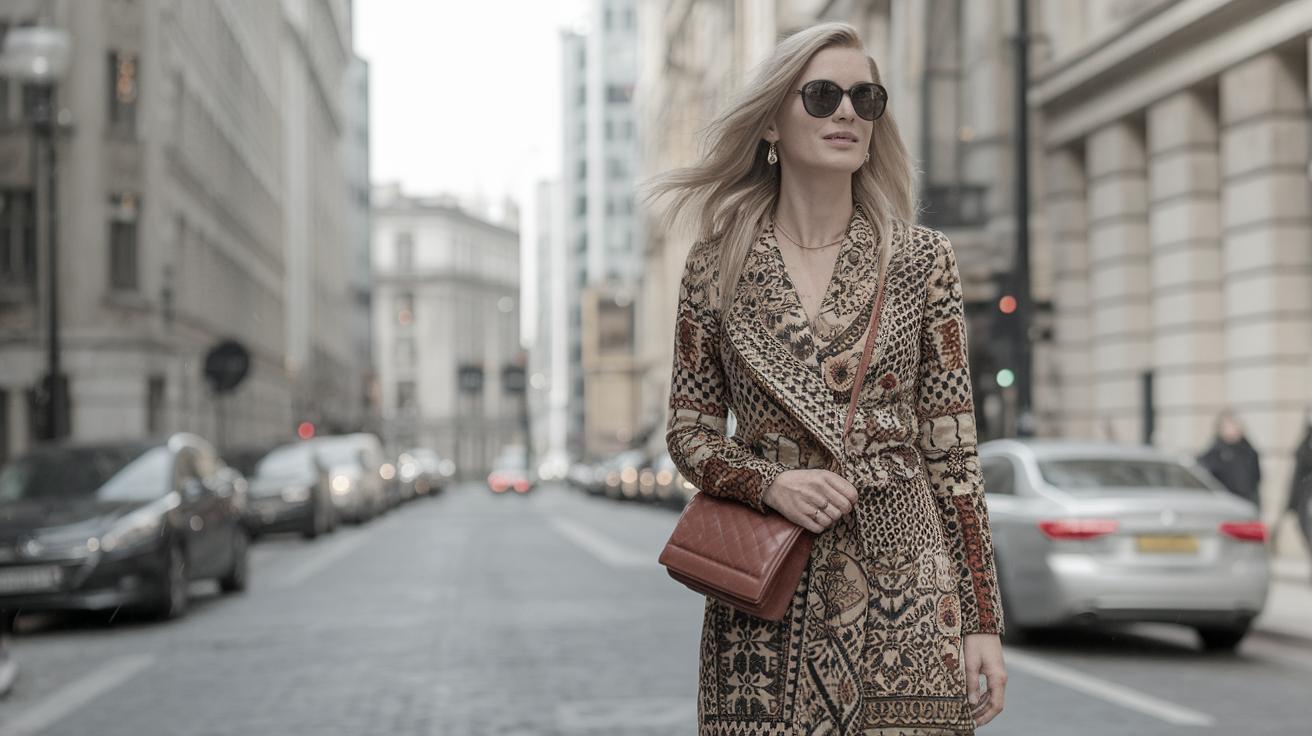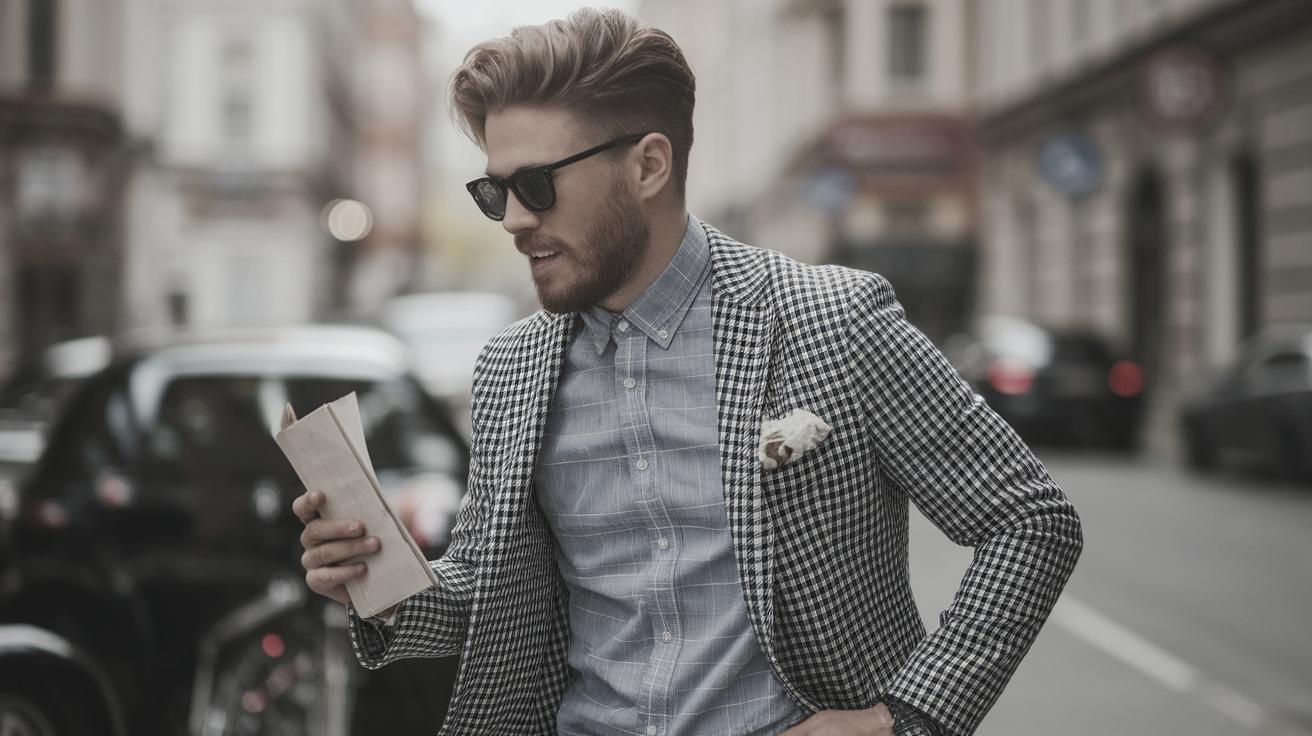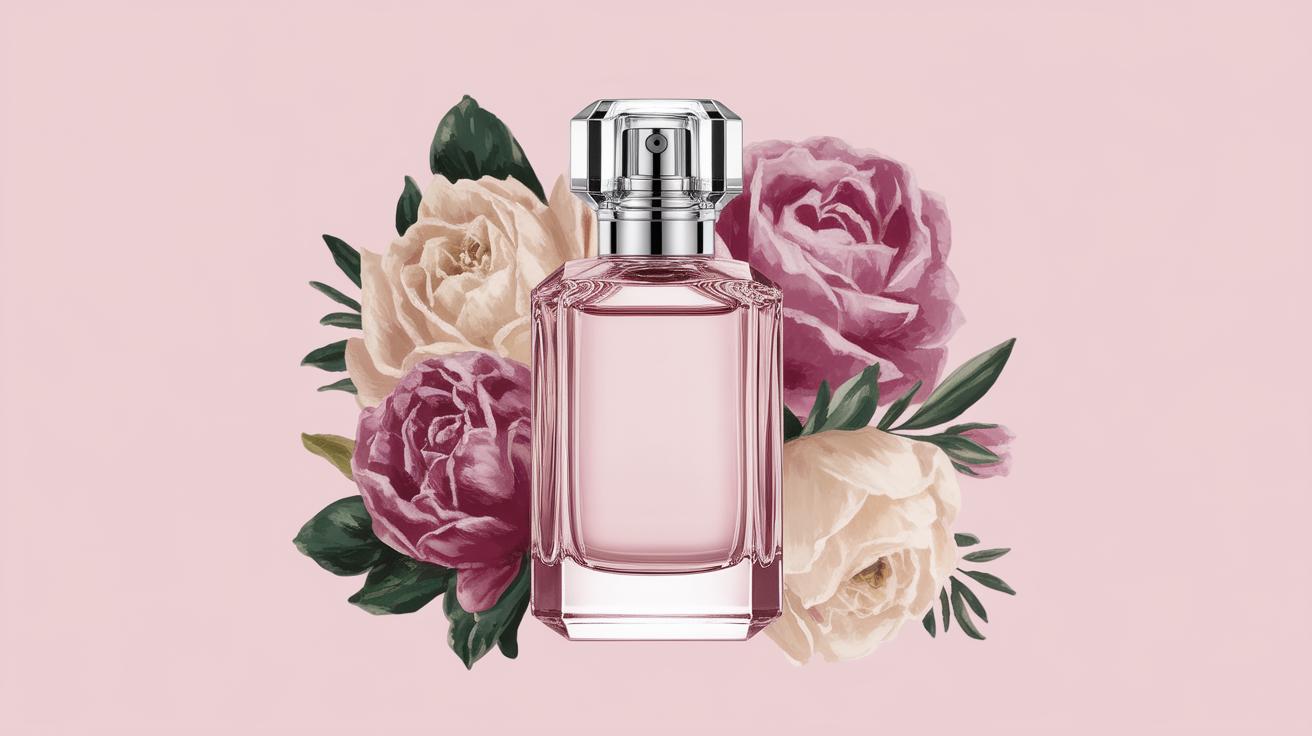Mixing Patterns and Colors: A Guide to Mastering Your Outfits
Exploring patterns and colors in fashion can be a creative adventure. Combining different designs not only adds visual appeal to your wardrobe but also enhances your personal style. This guide will walk you through the nuances of pairing patterns and colors, focusing on how to mix different shapes, sizes, and hues effectively in your attire. Whether you’re meshing polka dots with stripes or introducing solid colors with patterned pieces, discover the secrets to achieving a cohesive and stylish look that feels uniquely you.
When we mix 2 different patterns together, we need to make sure that their shapes, sizes, and colors match well.
Successfully pairing patterns requires attention to detail in various aspects. The juxtaposition of shapes is fundamental. For instance, floral patterns with geometric shapes can create an interesting contrast, but it’s essential to ensure they complement rather than clash. Colors should also relate harmoniously; patterns in the same color family often work best, providing a cohesive element amid visual complexity.
Consider the scale of the patterns you’re combining. Larger patterns can overwhelm smaller ones, which might get lost in the ensemble. Balancing these elements can bring an outfit together seamlessly, creating an intriguing yet elegant style statement. This harmony results in a more deliberate and polished appearance.
Round & Round
Round patterns, such as polka dots and circular designs, can add a playful yet sophisticated touch to your attire. When blending two round-patterned pieces, focus on their size and the contrast between them. For example, pairing large polka dots with small ones can add depth and interest, as long as the color palette is consistent.
Avoid using too many similar-sized circular patterns in one outfit, as this can become overwhelming. Instead, introduce a neutral solid or a simpler pattern to balance the look. Round patterns work well with slim, fitted garments as they highlight the curves softly and maintain balance.
The size of the patterns.
The size of patterns plays a critical role in how they visually interact. Bold, large patterns tend to dominate the outfit and can be great for statement pieces or focal points. Conversely, smaller patterns often work best as accents that complement the larger elements without overpowering them.
When mixing patterns of different scales, use the larger pattern sparingly and fill the outfit with solid colors or smaller patterns. This strategy minimizes chaos and makes the combination stylish rather than chaotic. Maintain a balance to ensure the look is cohesive and every pattern has its space to shine.
Angular & Angular
Pairing angular patterns like stripes, checks, or houndstooth can create a striking and bold look. To master this technique, the key is ensuring your colors and pattern formats are complementary. For instance, mixing a wide-striped top with a small checkered skirt can work beautifully when the colors align harmoniously.
Additionally, altering the angles of the patterns can lead to a captivating contrast. Diagonal stripes paired with a grid pattern add depth and dynamism. Remember that contrasting patterns should have a common thread, such as a shared color or a consistent theme, to avoid clashing.
Round & Angular
Mixing round and angular patterns presents a fantastic opportunity to play with contrast in your wardrobe. The key to success is ensuring these patterns share a commonality, such as color scheme, to tie them together. For instance, a polka dot top with checked trousers can create an exciting blend when the colors are in sync.
Round patterns often soften the sharpness of angular designs, merging playfulness with structure. This style tactic can work well in both casual and formal settings, as the juxtaposition of shapes adds interest to your outfit without overwhelming it.
Print & Solid Colour
Combining printed patterns with solid colors is a timeless styling choice that offers versatility and sophistication. Solid colors serve to ground the look, giving patterned pieces the spotlight. A floral print blouse paired with solid trousers allows the prints to become a focal point.
When applying this style, consider the dominant color in the pattern and choose complementary solid hues to accentuate or contrast. This creates an appealing balance and ensures the outfit remains cohesive. Opting for neutral solids can enhance pattern visibility and amplify the print’s impact.
Take back control over your wardrobe
Diving into the world of patterns and colors can initially seem daunting, but with a few guidelines, you’ll find yourself creating wardrobe combinations that reflect your personal flair. Especially when feeling overwhelmed, start small by introducing pattern-mixing into your wardrobe gradually.
Learn to trust your instincts and embrace experimentation. Fashion is an expressive outlet, and playing with different styles allows you to discover what resonates most with you. With practice and confidence, you’ll unlock a myriad of stylish options that inject personality and excitement into your everyday attire.
Summary of main points
| Pattern Pairing | Considerations | Tips |
|---|---|---|
| Different Patterns | Shapes, sizes, color harmony | Balance scale, use solid colors as anchors |
| Round & Round | Contrasting sizes, color consistency | Mix large and small, add neutrals for balance |
| The size of the patterns | Scale balance, minimizing chaos | Use larger patterns sparingly, mix with solids |
| Angular & Angular | Complementary pattern formats | Use angles effectively, maintain color harmony |
| Round & Angular | Shape contrast, color commonality | Combine for depth, ensure color scheme aligns |
| Print & Solid Colour | Solid colors to anchor prints | Highlight prints through complementary solids |


